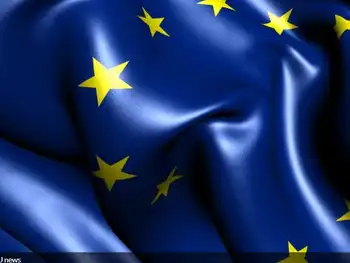Report endorses fusion project work
By Knoxville News Sentinel
Arc Flash Training CSA Z462 - Electrical Safety Essentials
Our customized live online or in‑person group training can be delivered to your staff at your location.

- Live Online
- 6 hours Instructor-led
- Group Training Available
U.S. work on the International Thermonuclear Experimental Reactor is based in Oak Ridge and is headed by Ned Sauthoff.
"ITER presents the United States and its international partners with the opportunity to explore new and exciting frontiers of plasma science while bringing the promise of fusion energy closer to reality," the report said.
The greatest concern is uncertainty about funding for the multibillion-dollar endeavor, according to the report prepared by the National Research Council, an arm of the national academies. A committee headed by Patrick Colestock of Los Alamos National Laboratory did the independent review.
The report said the Department of Energy should seek ways to stabilize the funding to make sure the United States is able to capitalize on the ITER research and benefit from future international science collaborations.
U.S. participation in ITER work was severely threatened when Congress gutted the Bush administration's $160 million funding request for 2008, providing only $10.6 million. A supplemental budget appropriation later added $15.5 million, but Sauthoff said today the U.S. program remains in a "survival mode."
In addition to the United States, other partners in the international fusion program are China, India, Russia, the European Union, Japan and South Korea. The fusion demonstration reactor is being built in France, and it's considered a major step in developing nuclear fusion as a sustainable energy source for the future.
Stan Milora, fusion research director at Oak Ridge National Laboratory and chief technologist for the U.S. work on ITER, said today the report may help build support for the fusion program.
"Something coming out of the academy should really be taken seriously by Congress and DOE," Milora said.
Sauthoff said he had not yet read the report but that the support is welcome news.
U.S. work on ITER is particularly vulnerable because of the funding situation and the likelihood that there will be a continuing budget resolution for the first six months of fiscal 2009.
Typically, that means spending is frozen at the previous year's level, and the ITER program could suffer since its 2008 funding was so low.
The Bush administration has proposed about $214 million for the U.S. ITER program in 2009, but that's up in the air right now. Sauthoff said program officials are developing contingency plans for a range of funding scenarios.
The $15.5 million provided to the ITER program in the 2008 supplemental appropriation is being saved for 2009 to help sustain the effort, Sauthoff said.











